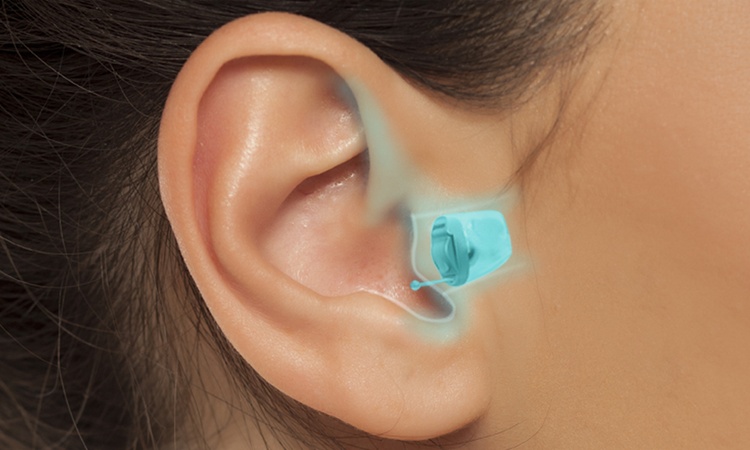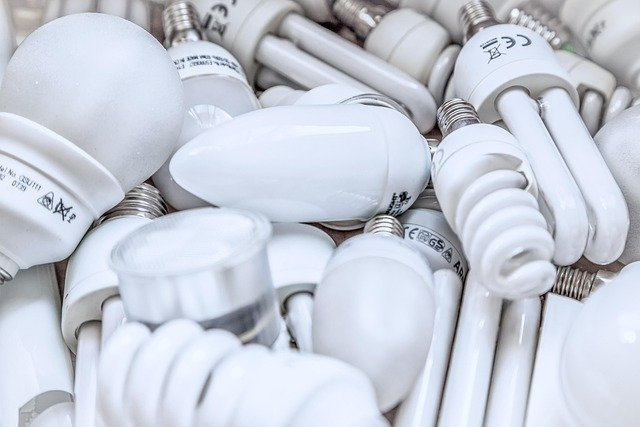Understanding How Hearing Aids Improve Daily Communication
Hearing loss affects millions of people worldwide, creating barriers in everyday conversations and social interactions. Modern assistive listening devices have transformed the way individuals with hearing impairments engage with the world around them. These sophisticated tools do more than amplify sound—they enhance clarity, reduce background noise, and restore confidence in communication settings. By understanding how these devices work and what features matter most, individuals can make informed decisions that significantly improve their quality of life.

Exploring Modern Assistive Listening Devices for Better Sound Clarity
Today’s assistive listening technology represents a remarkable leap forward from the bulky, whistling devices of previous generations. Modern devices utilize digital signal processing to distinguish between speech and background noise, making conversations in crowded environments much more manageable. Many current models feature directional microphones that focus on sounds coming from specific directions, typically in front of the wearer, which proves invaluable during face-to-face conversations.
Bluetooth connectivity has become increasingly common, allowing users to stream phone calls, music, and television audio directly to their devices. This wireless integration eliminates the need for additional accessories and provides a seamless listening experience across multiple situations. Rechargeable battery options have also gained popularity, offering convenience and environmental benefits compared to traditional disposable batteries.
Automatic environment adjustment represents another significant advancement. Premium models can detect different listening environments—such as quiet rooms, noisy restaurants, or outdoor settings—and automatically adjust their settings to optimize sound quality. This adaptive technology reduces the need for manual adjustments and provides consistent performance throughout the day.
Key Factors to Consider When Choosing a Hearing Aid
Selecting the right device requires careful consideration of several important factors. The degree and type of hearing loss serve as the primary determinant, as different devices excel in different situations. An audiologist can conduct comprehensive testing to identify the specific frequencies and volumes where hearing loss occurs, which directly influences device selection.
Lifestyle considerations play an equally important role. Someone who frequently attends social gatherings or works in noisy environments may benefit from advanced noise reduction features and directional microphones. Conversely, individuals with quieter lifestyles might find that more basic models meet their needs effectively. Physical dexterity matters as well—smaller devices may prove challenging for those with arthritis or limited finger mobility.
Comfort and fit cannot be overlooked. Devices come in various styles, from behind-the-ear models to completely-in-canal options. Each style offers different advantages regarding visibility, battery life, and feature availability. Many providers offer trial periods, allowing users to test devices in real-world situations before making a final commitment.
Budget considerations naturally influence the decision-making process. While advanced features come at higher price points, many mid-range options provide excellent performance for everyday communication needs. Insurance coverage varies significantly, with some plans offering partial reimbursement and others providing no coverage at all.
The Role of Technology in Advancing Hearing Assistance Solutions
Artificial intelligence and machine learning have begun revolutionizing how these devices process sound. Modern algorithms can learn user preferences over time, automatically adjusting settings based on frequently visited environments and listening situations. Some devices now feature health tracking capabilities, monitoring physical activity and even detecting falls, which adds value beyond hearing assistance.
Smartphone applications have transformed device management, allowing users to make discrete adjustments without touching their devices. These apps often include features like finding lost devices, checking battery levels, and accessing remote support from hearing care professionals. The integration of telehealth services means users can receive adjustments and troubleshooting assistance without visiting a clinic.
Research continues to push boundaries in areas like speech enhancement and tinnitus management. Newer models incorporate specialized programs designed to provide relief from ringing in the ears, a common condition among those with hearing loss. Binaural processing, where two devices communicate with each other to create a more natural listening experience, has become standard in many modern systems.
| Device Type | Provider Examples | Key Features | Cost Estimation |
|---|---|---|---|
| Basic Digital | Audicus, Lively | Essential amplification, limited channels | $500 - $1,500 per device |
| Mid-Range | Costco Kirkland, Eargo | Bluetooth connectivity, rechargeable batteries, noise reduction | $1,500 - $3,000 per device |
| Premium | Phonak, Oticon, Widex | AI processing, advanced directionality, health tracking | $3,000 - $4,500 per device |
| Prescription Custom | Local audiology clinics | Personalized fitting, ongoing professional support | $2,000 - $6,000 per device |
Prices, rates, or cost estimates mentioned in this article are based on the latest available information but may change over time. Independent research is advised before making financial decisions.
How Daily Communication Improves with Proper Devices
The impact of properly fitted devices on daily communication extends far beyond simply hearing words more clearly. Users frequently report increased confidence in social situations, reduced listening fatigue, and improved relationships with family members and colleagues. The ability to participate fully in conversations without constantly asking for repetition reduces stress and social anxiety.
Phone conversations become significantly easier with modern streaming capabilities. Rather than struggling to hear through a phone speaker, users receive audio directly in their devices, often with enhanced clarity compared to normal phone use. Video calls and virtual meetings, which have become increasingly common, also benefit from this direct streaming technology.
Safety improvements represent another crucial benefit. Users can better hear warning signals, approaching vehicles, smoke alarms, and other important environmental sounds. This heightened awareness contributes to greater independence and peace of mind for both users and their loved ones.
Making the Transition to Assistive Listening Devices
Adjusting to these devices requires patience and realistic expectations. The brain needs time to relearn how to process sounds that may not have been heard clearly for years. Most professionals recommend a gradual wearing schedule, starting with a few hours daily in quiet environments and slowly increasing usage time and complexity of listening situations.
Regular follow-up appointments allow for fine-tuning and adjustments as users adapt. Professional support during this transition period significantly improves long-term satisfaction and success rates. Many users find that keeping a journal of challenging listening situations helps their provider make targeted improvements to device programming.
Maintenance and care routines ensure optimal performance over time. Daily cleaning, proper storage, and moisture protection extend device lifespan and maintain sound quality. Understanding warranty coverage and repair options provides peace of mind and protects the investment in better hearing.
The journey to improved communication through assistive listening technology represents a significant step toward enhanced quality of life. With careful consideration of individual needs, lifestyle factors, and available features, users can find solutions that restore their ability to engage fully in conversations and activities they value most. Professional guidance throughout the selection and adjustment process maximizes the likelihood of successful outcomes and long-term satisfaction.
This article is for informational purposes only and should not be considered medical advice. Please consult a qualified healthcare professional for personalized guidance and treatment.




